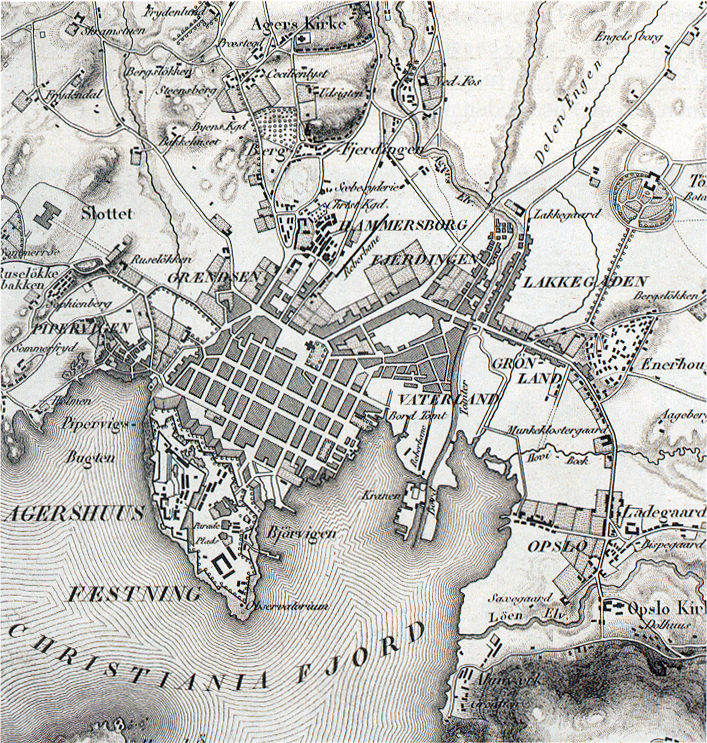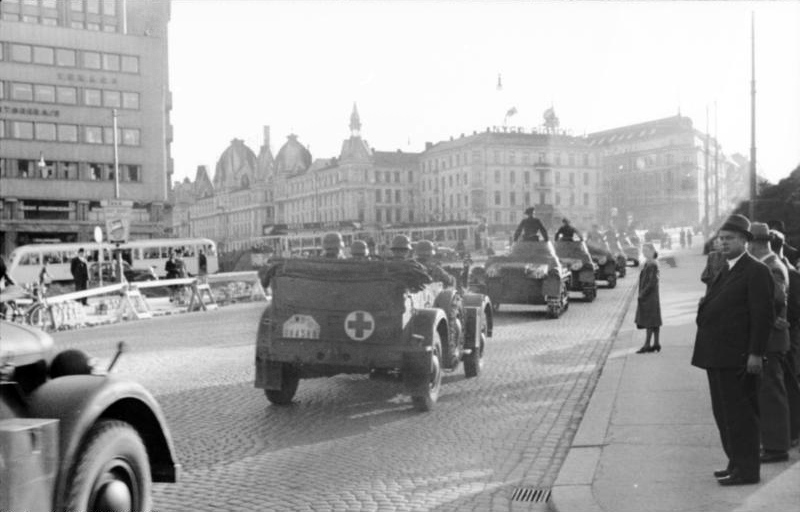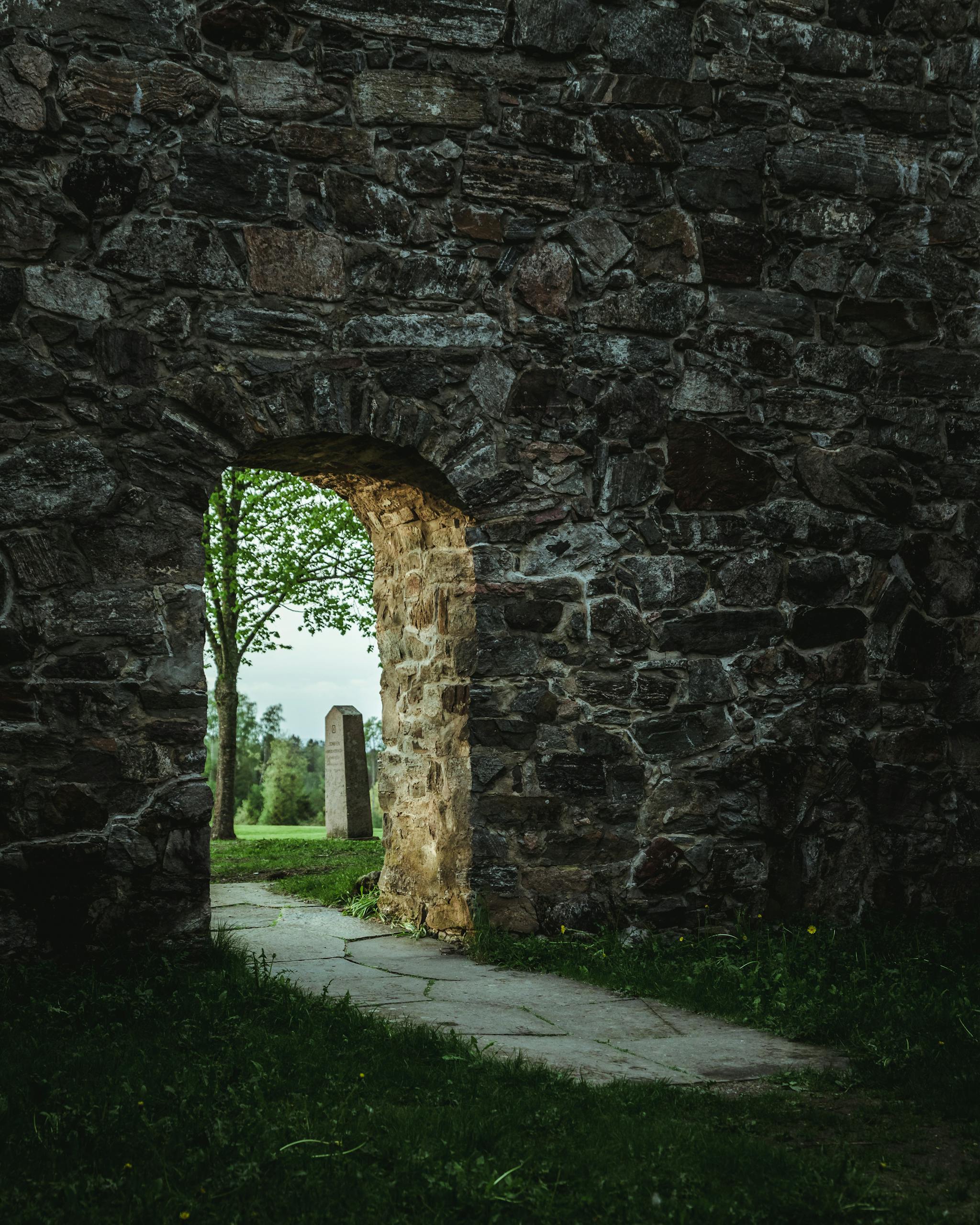In 2025, Oslo celebrates the 100-year anniversary of its renaming, marking a century since the Norwegian capital reclaimed its historic name. Formerly known as Christiania (and briefly Kristiania), the city officially reverted to Oslo in 1925, restoring a name with deep historical roots. This milestone offers a perfect opportunity to reflect on the city’s rich and dynamic past, from its medieval beginnings to its status as a thriving modern capital.
Oslo’s history dates back over a thousand years. The earliest known settlement in the area was established around the year 1000, during the Viking Age. Though its exact founding date is debated, historians believe that King Harald Hardrada officially founded the city around 1049. The name “Oslo” is believed to have Old Norse origins, possibly meaning “the meadow beneath the ridge” or “the mouth of the Lo river.”

Throughout the Middle Ages, Oslo grew into an important religious and political center. Haakon V, who ruled Norway from 1299 to 1319, played a significant role in shaping the city, moving the royal residence from Bergen to Oslo and commissioning the construction of Akershus Fortress, a structure that still stands today as one of Oslo’s most important historical sites. The city continued to develop under Norwegian kings, becoming a center for trade and governance. However, its strategic location also made it vulnerable to attacks, including those from the Hanseatic League, which dominated trade in the North Sea for centuries.
The Plague and Oslo’s struggle to recover
In 1349, the Black Death arrived in Norway, devastating the population and leaving an indelible mark on Oslo’s history. The plague entered the country through merchant ships, likely docking in Bergen before spreading to Oslo and other settlements. It is estimated that up to 60% of Norway’s population perished, leading to widespread economic collapse and a dramatic reduction in labor forces.

Oslo, like much of Norway, struggled to recover for decades. The sharp decline in population meant that entire villages were abandoned, and trade suffered due to the loss of merchants and skilled workers. The city’s once-thriving economy stagnated, and for years afterward, outbreaks of the plague would continue to ravage the region. The nobility and clergy, two of the most influential groups in medieval Oslo, were significantly weakened, shifting power dynamics within the kingdom. The long-term effects of the plague contributed to Norway’s decline as an independent political power, eventually leading to its union with Denmark in 1397 under the Kalmar Union.
Fire, the age of Christiania, and occupation
A devastating fire in 1624 destroyed much of medieval Oslo. In response, King Christian IV of Denmark-Norway decided to rebuild the city closer to Akershus Fortress for better defense. He also renamed it Christiania in his own honor. The city developed rapidly under Danish rule, expanding its trade, governance, and infrastructure. Despite being under Danish control for centuries, Norwegian identity remained strong, particularly as the city grew into an important cultural and educational center.
In 1814, Norway entered a union with Sweden after the Napoleonic Wars, and Christiania became the capital of Norway. This period saw major growth, with the establishment of the University of Oslo in 1811 and the expansion of industries. The city’s population boomed, and by the late 19th century, there was a push to restore Oslo’s original name. Though Norway gained independence from Sweden in 1905, the name Christiania remained. In 1877, the city underwent a minor spelling change to Kristiania, aligning with Norwegian linguistic reforms. However, a growing movement pushed for the city to restore its original name. Finally, in 1925, after a heated public debate, the Norwegian government officially changed the name back to Oslo, marking a return to its historical and cultural heritage.

During World War II, Oslo, like the rest of Norway, fell under Nazi occupation following the German invasion on April 9, 1940. The city quickly became the center of the collaborationist Quisling regime, led by Vidkun Quisling, whose name would become synonymous with treason. While the occupation brought severe restrictions, widespread resistance efforts emerged, with underground newspapers, sabotage missions, and civil disobedience defining daily life. Akershus Fortress, once a medieval stronghold, was tragically used for executions of resistance fighters. The five-year occupation ended on May 8, 1945, when German forces surrendered, marking the beginning of Norway’s post-war reconstruction and Oslo’s transformation into the modern capital it is today.
Oslo in the Modern Era
Following World War II, Oslo transformed into a modern European capital. The city saw rapid expansion, with new neighborhoods, parks, and transportation systems developing to accommodate its growing population. The post-war years were marked by a strong emphasis on social democracy, and Oslo became a model for progressive urban planning and sustainability initiatives. Today, Oslo is recognized for its green spaces, cutting-edge architecture, and vibrant cultural scene, making it one of the most livable cities in the world.

As Oslo marks 100 years since reclaiming its historic name, it stands as a city deeply connected to its past while embracing the future. From Viking settlements to medieval fortresses, from royal decrees to modern innovation, Oslo’s story is one of resilience, identity, and evolution. Whether you’re a resident or a visitor, understanding its history provides a richer appreciation of the city that continues to shape Norway’s future.

